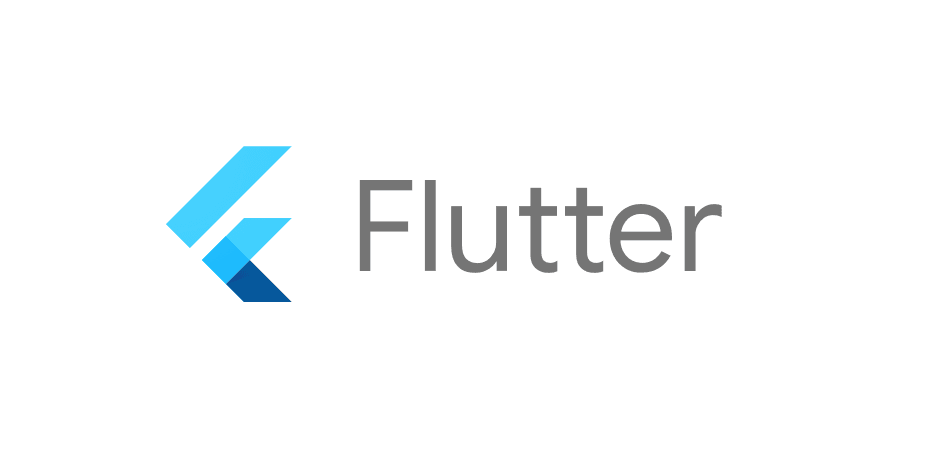Flutter is an open-source UI (User Interface) framework created by Google for building natively compiled applications for various platforms, including mobile, web, and desktop. It was first released in 2017 and has gained popularity for its ability to allow developers to create high-quality, visually appealing, and performant applications with a single codebase. Here are some key aspects of Flutter:
Single Codebase: With Flutter, you write your app’s code in the Dart programming language. You can use the same codebase to target multiple platforms, such as Android, iOS, web browsers, and even desktop operating systems like Windows, macOS, and Linux. This approach is known as “code once, run anywhere.”
Widgets: Flutter provides a rich set of customizable widgets for building user interfaces. Widgets are the building blocks of Flutter apps, and they allow developers to create complex and interactive UIs easily. Flutter widgets are highly composable, which makes it straightforward to design custom UI components.
Hot Reload: One of the standout features of Flutter is its “hot reload” capability. This allows developers to see the immediate results of their code changes in the app without needing to restart it. It greatly speeds up the development and debugging process.
Performance: Flutter apps are compiled to native ARM code for each platform, which leads to high performance and smooth animations. The framework’s architecture, known as the Flutter engine, ensures that apps run efficiently.
Rich Ecosystem: Flutter has a growing ecosystem of packages and plugins that extend its functionality. Developers can easily add features like database integration, network requests, and third-party services through these packages.
Community and Support: Flutter has a strong and active community of developers, which means you can find tutorials, documentation, and assistance easily. Google also provides extensive documentation and resources for learning Flutter.
Open Source: Flutter is open-source, which means it’s freely available for anyone to use and contribute to. This openness has led to its rapid adoption and improvement.
Adaptive UIs: Flutter supports the creation of adaptive user interfaces that can automatically adjust to different screen sizes, orientations, and platforms.
Flutter is a versatile framework that has found applications in a wide range of industries, from mobile app development to web development, and even in emerging areas like embedded systems. It has gained popularity among developers and organizations looking for efficient ways to build cross-platform applications with a consistent and visually appealing user experience.
can flutter used to generate android and iOS apps?
Yes, Flutter can be used to generate Android and iOS apps. Flutter is an open-source UI framework created by Google that allows developers to build natively compiled applications for mobile, web, and desktop from a single codebase. When you develop an app using Flutter, you write the code in the Dart programming language, and Flutter compiles it into native code for the target platform, including Android.
Flutter provides a rich set of widgets and tools for creating modern and responsive user interfaces. It also offers a wide range of plugins and packages that allow you to access platform-specific features on Android and iOS.
So, if you want to create an Android app, Flutter is a great choice because it allows you to develop a cross-platform app with a single codebase that can run on Android, iOS, and other platforms. This can save you time and effort compared to developing separate apps for each platform.












